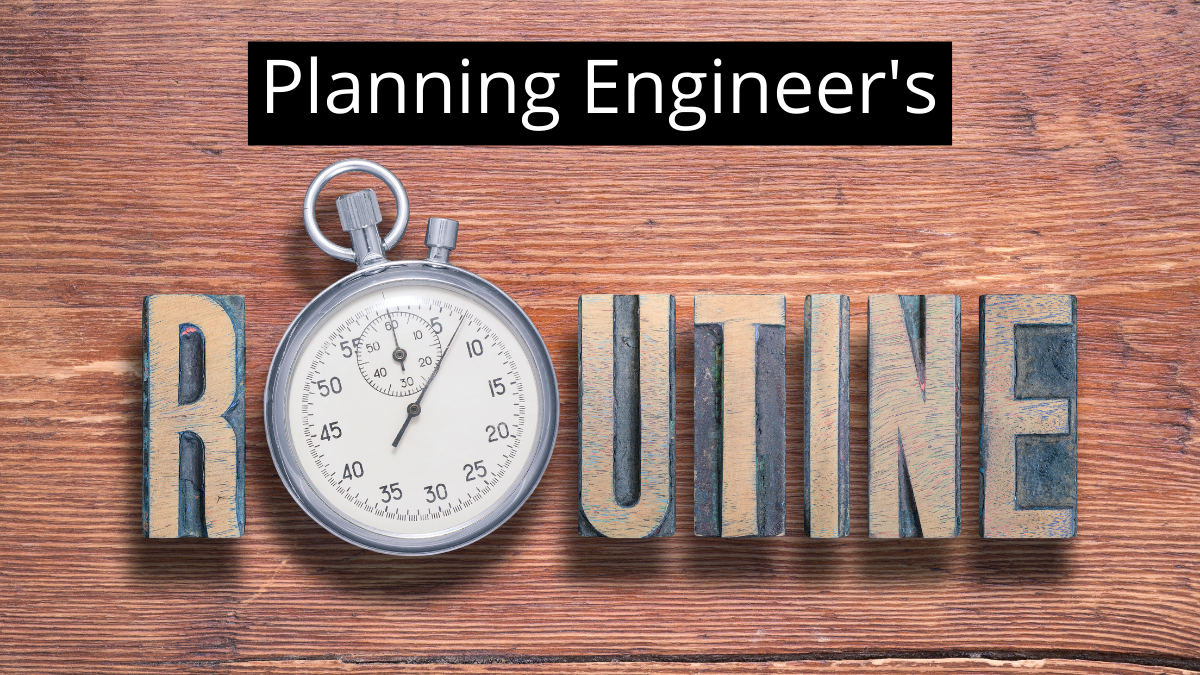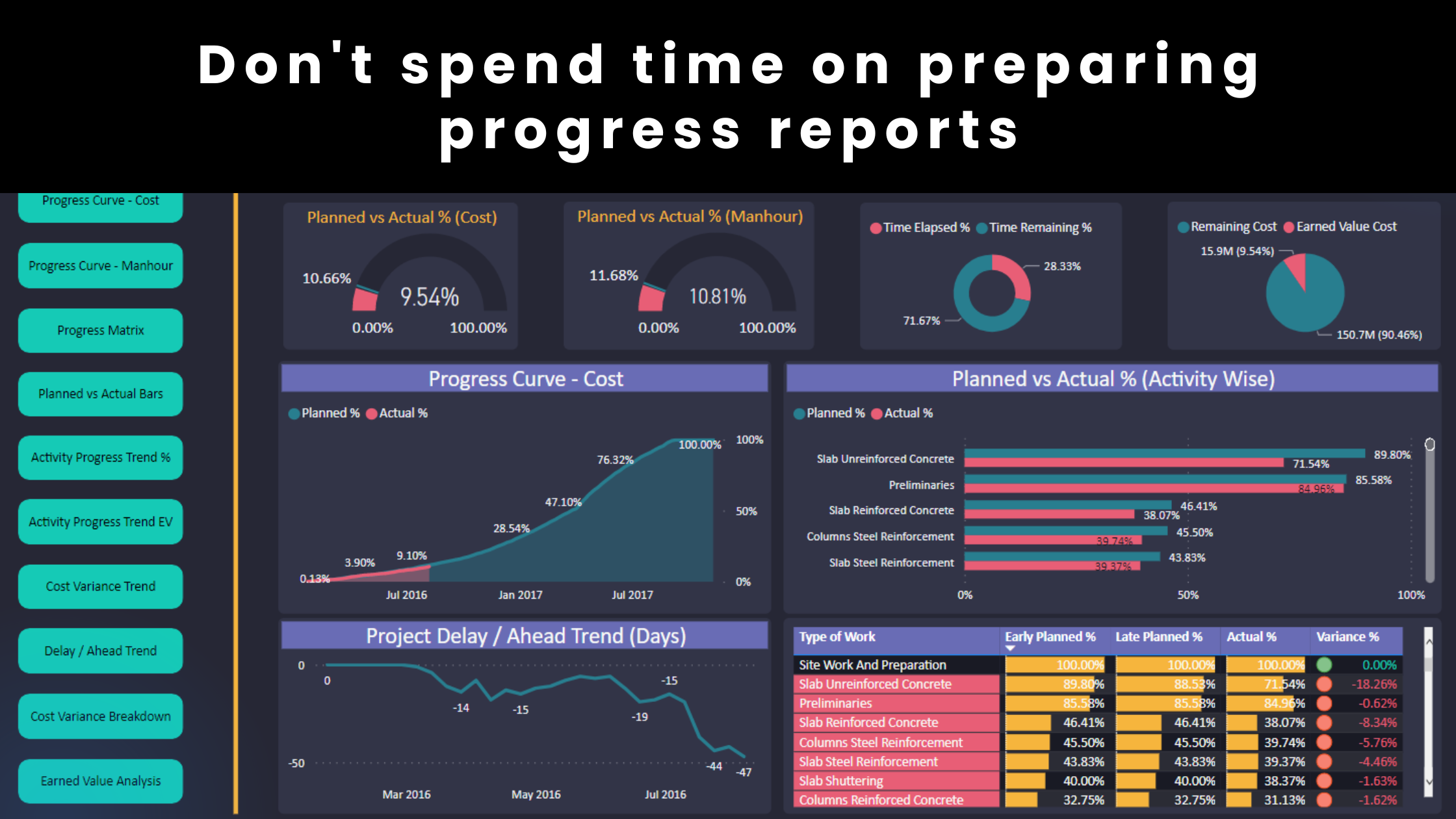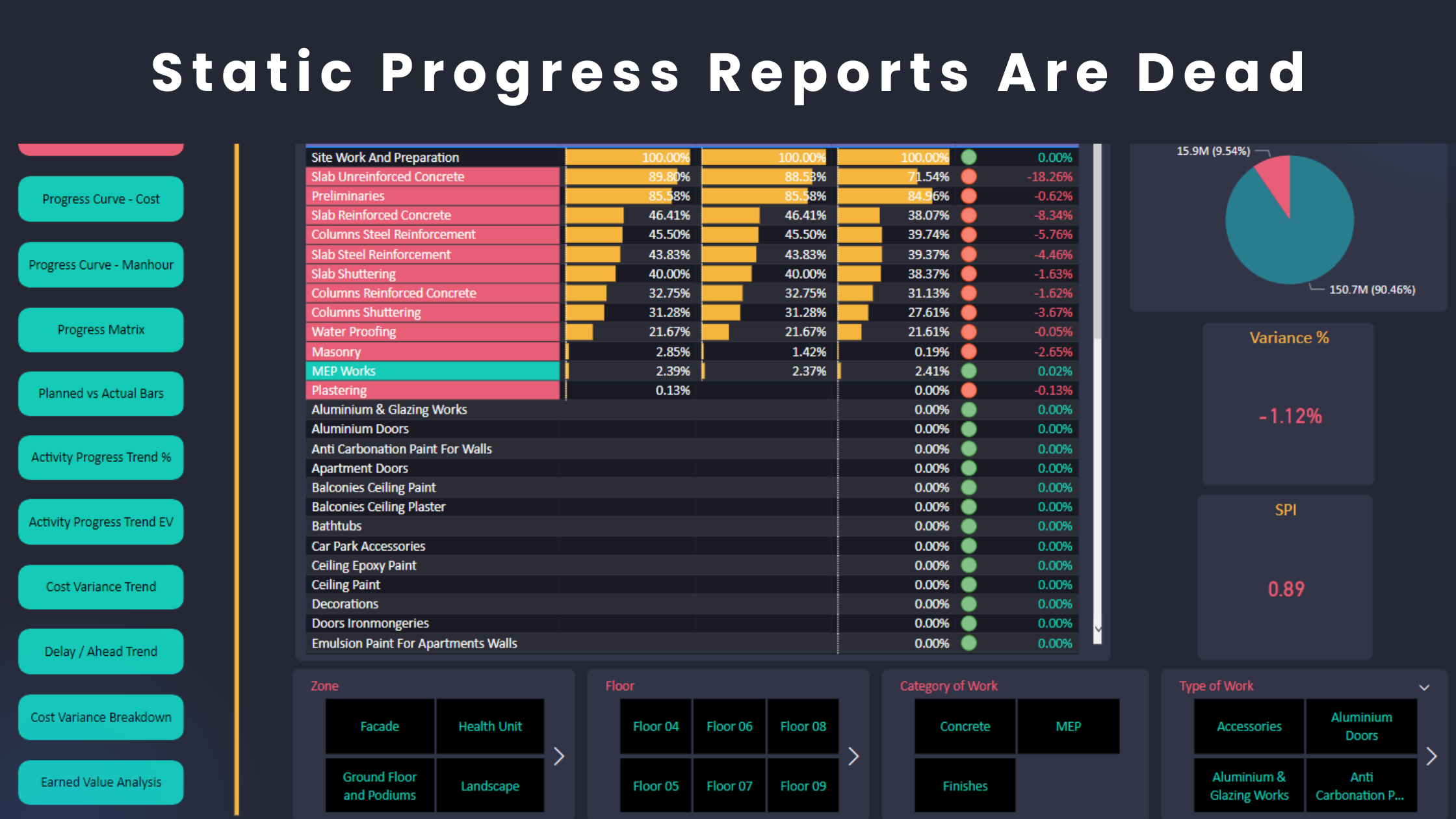Extension of Time (EOT) claims are crucial in construction projects to address delays and ensure that contractors are reimbursed. These claims require a structured and technical approach to effectively communicate the cause of delays and justify the additional time required. Properly drafted EOT claims improve the chances of approval, reduce disputes, and maintain project relationships. This article outlines the guidelines, structure, and best practices for the technical writing of EOT claims.
1. Definition and Purpose
An EOT claim is a formal request submitted by a contractor to the project owner or consultant, seeking additional time due to delays beyond the reasonable control of the contractor. The primary objectives of an EOT claim include:
- Preventing the application of liquidated damages (LDs).
- Maintaining the contractor’s contractual rights.
- Ensuring fair compensation for delays caused by external factors.
2. Essential Components of an EOT Claim
A well-structured EOT claim must include the following sections:
2.1 Introduction & Summary
- Briefly describe the purpose of the claim.
- Identify the relevant contract clauses allowing for an EOT.
- Summarize the delay event and the additional time required.
2.2 Contractual Basis
- Reference specific clauses from the contract.
- Clearly state the contractor’s entitlement to an EOT and the relevant clauses.
- Highlight notice requirements and compliance with contractual obligations.
2.3 Description of Delay Event
- Provide a detailed account of the delay, including the chronology.
- Identify responsible parties and contributing factors.
- Attach supporting documents (e.g., correspondence, site instructions, photographs, daily reports, MOMs).
- Use industry related tools to present the nature of the delay (e.g. Scott Schedule).
2.4 Cause-and-Effect Analysis
- Demonstrate how the event impacted critical path activities.
- Use factual and objective language to present evidence.
2.5 Delay Analysis Methodology
- Utilize industry-standard delay analysis techniques (discussed in Section 3).
- Explain your delay analysis findings.
2.6 Mitigation Efforts
- Describe measures taken to reduce delays.
- Demonstrate the impact of applying such mitigation measures.
2.7 Conclusion and Requested Relief
- Summarize the justification for an EOT.
- Specify the number of additional days requested.
- Request approval from the Employer.
- Highlight the need for quick approval to revise the program and take the time to plan the execution of the remaining contract scope.
3. Delay Analysis
First, delay analysis is not a one-size-fits-all approach; it relies entirely on logic and common sense. Additionally, two key industry-standard guides outline the various delay analysis techniques. These guides are:
1- RP 29R-03 – Forensic Schedule Analysis by the AACE
2- Delay And Disruption Protocol, 2nd edition by the Society of Construction Law.
Although these delay analysis methods are not contractually binding, they serve as a strong basis for peer review. Unfortunately, most modern contracts do not specify which delay analysis method should be used, even though they clearly outline the requirements for progress records.
4. Writing Best Practices for EOT Claims
4.1 Clarity and Conciseness
- Use simple and direct language.
- Avoid using pronouns excessively (e.g. he, she, they, them, etc). Take the time to refer to the name of each party to avoid confusion.
- Be precise with dates, numbers, and durations.
- An unclear claim document may unintentionally lead reviewers to make their own assumptions or draw independent conclusions.
4.2 Logical Structure
- Use headings, bullet points, and numbered sections.
- Ensure a smooth flow from problem identification to solution.
4.3 Evidence-Based Justification
- Substantiate every claim and chronology event with documented proof.
- Use appendices for large datasets, keeping the main document focused on the facts and the analysis.
4.4 Professional Tone and Objectivity
- Maintain a neutral and factual tone.
- Avoid blame-oriented language. Use a firm and respectful tone.
- Focus on contract terms rather than personal opinions.
4.5 Compliance with Contractual Obligations
- Ensure timely submission within the contractual notice period.
- Align claim presentation with contract-specified requirements.
5. Common Pitfalls to Avoid
- Lack of Supporting Documentation: Claims without evidence are easily rejected.
- Failure to Notify in Time: Late submissions may lead to waiver of rights.
- Poorly Structured Claims: Unclear arguments weaken credibility.
- Overstating: Be realistic and precise. Don’t repeat yourself too much.
- Omitting Mitigation Efforts: Contractors must show they tried to minimize delays.
Regards,
Osama Saad, MBA, PMP, PSP, CCP, PMI-SP
Learn More!










